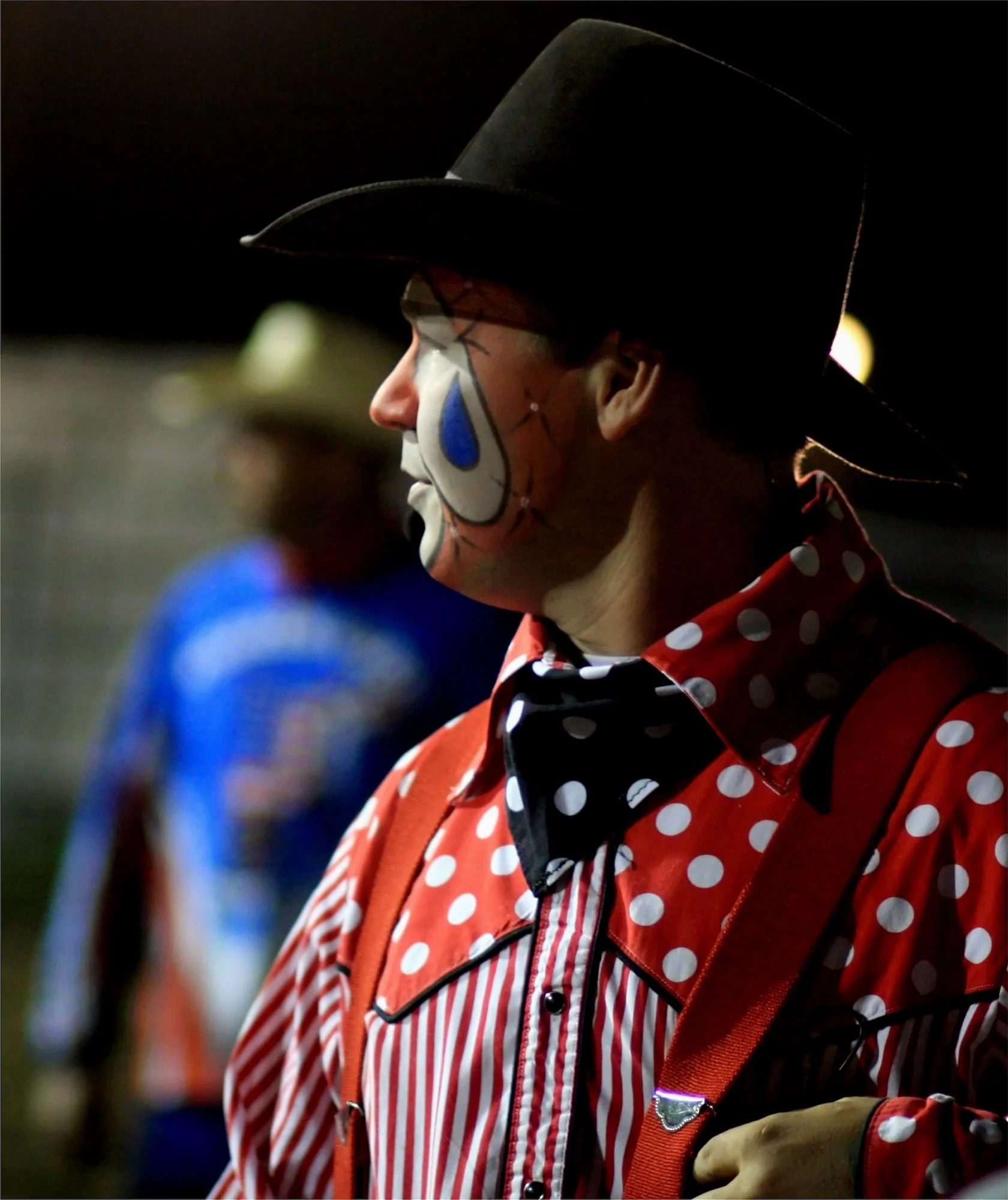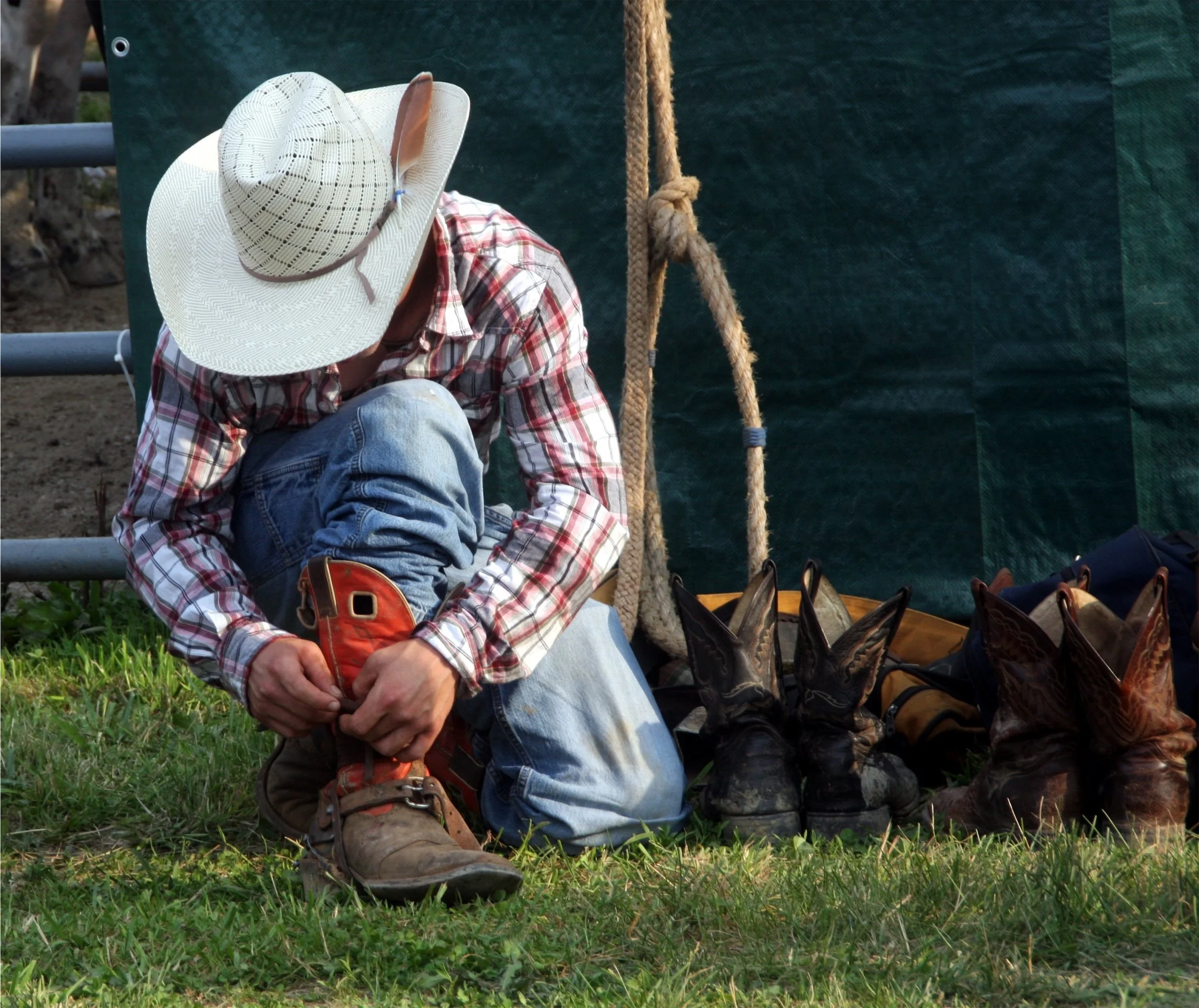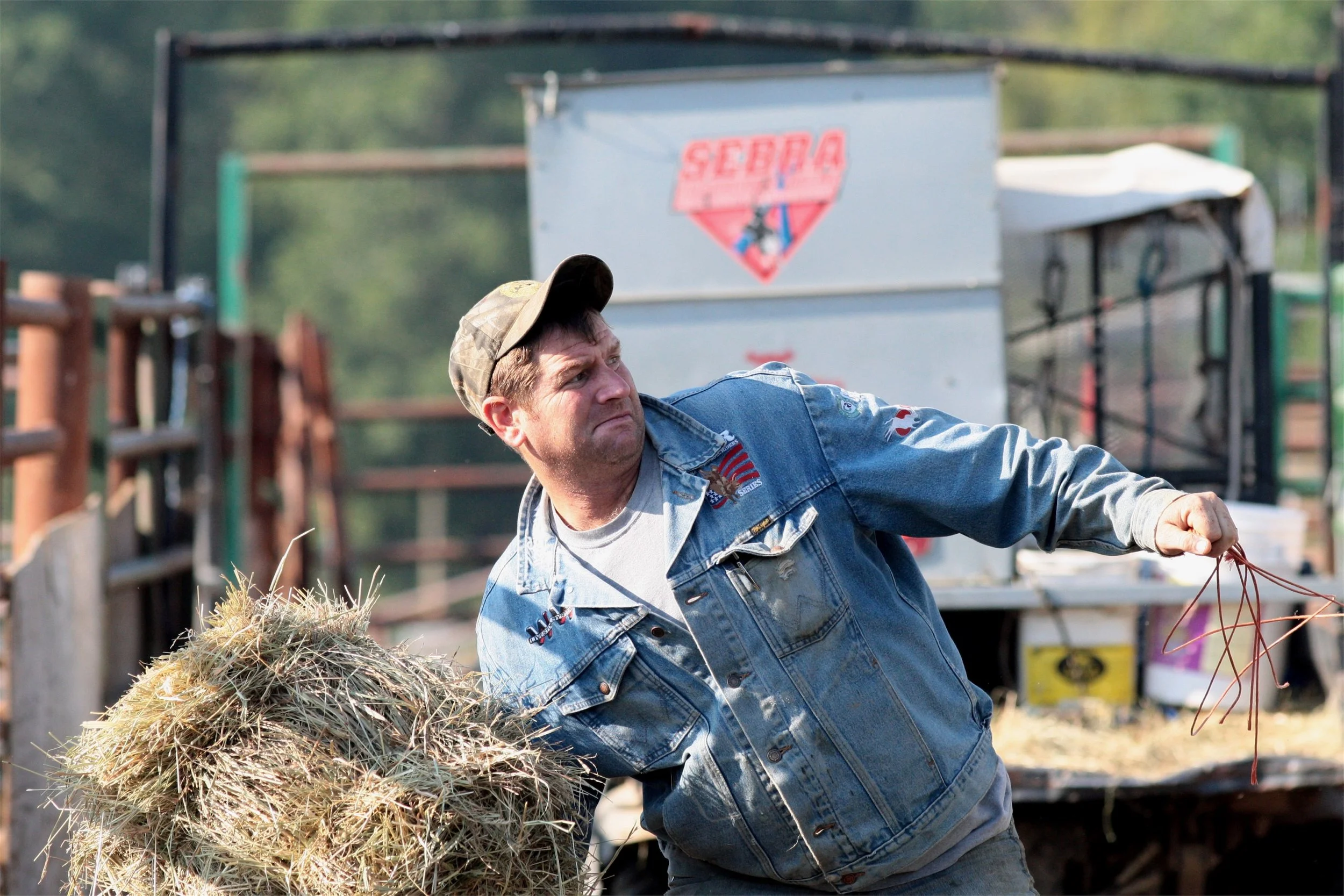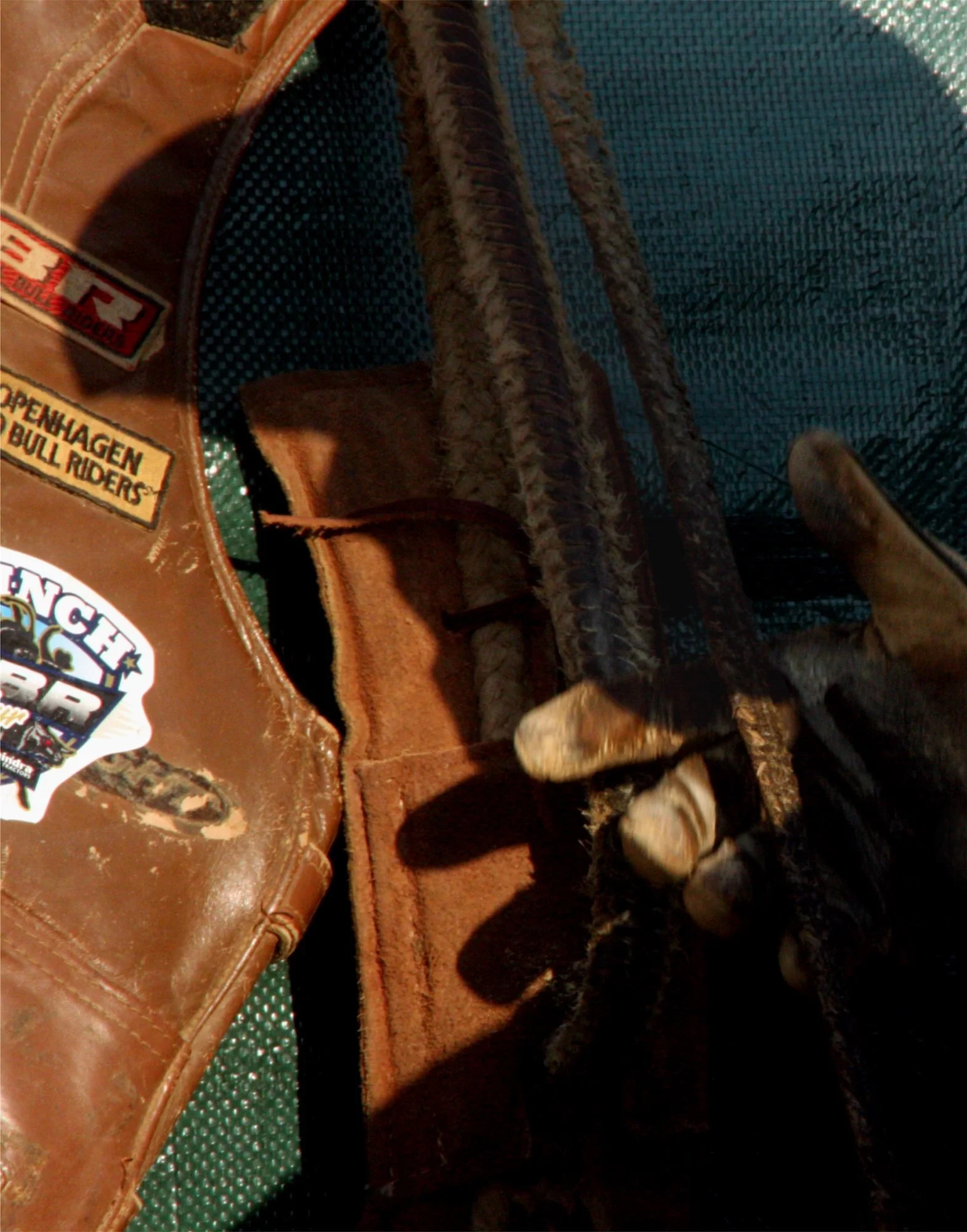Dale Scherfling
Rodeo & Ranch Life
Artist Statement
I write full time — mostly flash fiction and creative nonfiction — and photograph people, no weddings, not grip and grins, usually not portraiture — posed that is. On the streets, yes. Candids, yes. Posed, not so much.
I shot sports for newspapers and wasn’t that good at it. Missed many shots because I got caught up in the action. In football, I tried for the receivers’ fingertip catches.Trouble was always focused on the wrong receiver. Sideline photography was my thing – coach’s anguish, strained and sweaty players. All the faces and drama stuff.
Boxing was better, harsh black and whites in a smokey gym, color in the arena, shooting like George Bellows painted, in barbershop walls a hundred years ago. Sport editors said I was too artsy-fartsy; the Sunday supplements loved me. Those in the boxing trade say I shoot like an artist. I try.
I was a combat photographer in the military but saw no combat. Shot a lot of Quonset huts being erected with the Navy Seabees.
I teach creative photography in colleges and art centers, concentrating, on people in action, of course. While my students shoot models in life study classes, I shoot the students shooting models. I do a lot of street photography and conduct classes out there. I like the unposed stuff.
— Dale Scherfling, September 2025
Biography
Born in Lorain, Ohio, Dale Scherfling studied Photography at Cleveland’s Cooper School of Art. Joining the Navy, he applied for photography. “They made me a Dental Technician and said, “Shut up, you’ll be taking x-rays, same thing.” I didn’t make photography until my second enlistment. “Give me the school or I’m out of here,” I told them. They gave me photography.
He worked for the Lorain Journal as a writer/photographer, the Daily Californian and Pacific Crossroads on Guam, concentrating on photography. Many of his assignments included Cleveland Browns and Indians games, as well as the San Diego Chargers and Padres, boxing, and women’s roller derby.
Teaching experience includes Mesa and Southwestern College in San Diego, and the Capitol Hill Arts Workshop in Washington, D.C., where a number of his students were National Geographic stringer photographers.
https://www.flickr.com/photos/fojo1/











